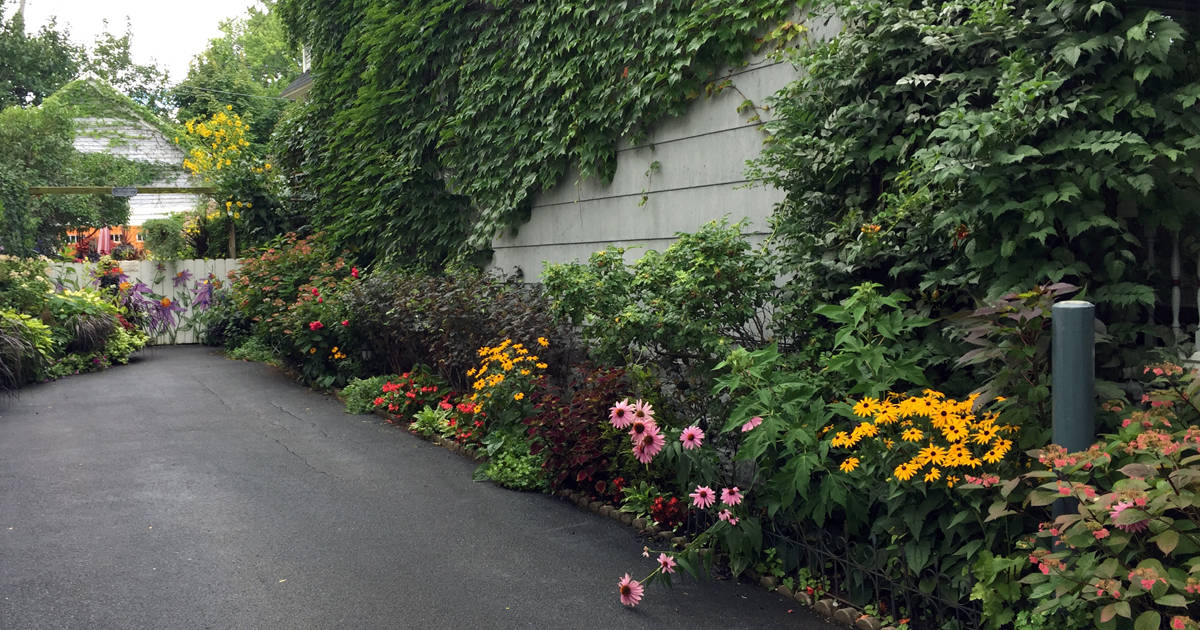A Biased View of Hilton Head Landscapes
A Biased View of Hilton Head Landscapes
Blog Article
All about Hilton Head Landscapes
Table of ContentsThe 8-Minute Rule for Hilton Head LandscapesThe Ultimate Guide To Hilton Head LandscapesGetting The Hilton Head Landscapes To WorkSome Known Questions About Hilton Head Landscapes.All about Hilton Head LandscapesUnknown Facts About Hilton Head LandscapesThe Buzz on Hilton Head Landscapes
Line produces all kinds and patterns and can be used in a variety of methods the landscape. Line in the landscape is developed by the side between two materials, the rundown or silhouette of a form, or a long straight function. Lines are a powerful device for the developer because they can be used to develop a boundless range of forms and kinds, and they manage motion of the eye and the body.

Lines in the landscape. The buildings of lines determine exactly how individuals respond to the landscape, both emotionally and literally.
Things about Hilton Head Landscapes
Straight lines are usually located in hardscape sides and material. Curved lines create a casual, all-natural, loosened up personality that is connected a lot more with nature and unbalanced balance. Rounded lines move the eye at a slower pace and include enigma to the area by developing hidden views. Vertical lines relocate the eye up, making a space really feel bigger.
Upright lines in the landscape consist of tall, slim plant product, such as trees, or high frameworks, such as an arbor or a bird house on a post. Straight lines relocate the eye along the ground aircraft and can make a space feel larger. Low lines are extra subdued and produce a sensation of rest or repose.
The smart Trick of Hilton Head Landscapes That Nobody is Talking About
Lines are additionally created by the upright kinds of developed features and plant material. There are three key line kinds that create kind in the landscape: bedlines, hardscape lines, and plant lines.
Bedlines attach plant product to your house and hardscape since the eye adheres to the line, relocating the gaze via the landscape. Hardscape lines are created by the edge of the hardscape, which delineates the built framework. Line can also be developed by lengthy and slim materials, such as a fencing or wall surface.
Excitement About Hilton Head Landscapes
Type is located in both hardscape and plants, and it is normally the dominant visual element that spatially arranges the landscape and frequently establishes the design of the yard. The form of frameworks, plant beds, and yard ornaments also determines the general kind motif of the garden. Formal, geometric types include circles, squares, and polygons.
Plants develop kind in the garden through their lays out or silhouettes, however form can also be defined by a gap or adverse area in between plants - landscape design hilton head (https://penzu.com/p/89c630f877ca924e). Circles can be cycles, or they can be separated into fifty percent circles or circle sections and integrated with lines to create arcs and tangents
6 Simple Techniques For Hilton Head Landscapes
Circles can likewise be stretched right into ovals and ellipses for even more variety and rate of interest. Circles are a strong style form due to the fact that the eye is constantly drawn to the facility, which can be utilized to stress a focal factor or connect other types. Figure 2. Round kinds in hardscape and grass panels.
The square kind can additionally be segmented and pre-owned repetitively to create a grid pattern. Unlike circles, squares are more powerful on the edges, which can be lined up or overlapped to develop special patterns and even more intricate forms.
Meandering lines commonly mimic the all-natural training course of rivers or streams and can be explained as smooth lines with deeply bent wavinesses. Twisting lines (Figure 3) work well for paths, plant bedlines, and dry stream beds. Twisting lines can add rate of interest and secret to a yard by leading viewers around edges to uncover brand-new look at this website sights and rooms.
Things about Hilton Head Landscapes

Number 5. Fragmented edges: tipping stones in pathway. Type is one of the most long-lasting top quality of a plant (landscapers in bluffton sc). https://disqus.com/by/disqus_mvAiTQ3jyY/about/. Common plant types are well developed and standardized, as form is the most regular and recognizable quality of plants. Kind can also be created via the massing of plants, where the overall mass produces a various form than a specific plant.
A very contrasting form should be used with careone or two work well as a focal point, yet way too many create mayhem. Natural plant types, instead than over-trimmed types, should establish the bulk of the composition. The importance of total form is essentially based on the seeing perspectivethe type of a tree can show up quite various to an individual standing under the canopy versus watching the tree from a range in an open field.
Hilton Head Landscapes for Dummies
Plant types also produce and define deep space or open rooms between the plants, creating either convex or concave forms in the voids. High-arching tree branches usually develop a concave open room under the branches, and a round cover with reduced branches loads the room to create a convex type in the open area under the tree.

Report this page